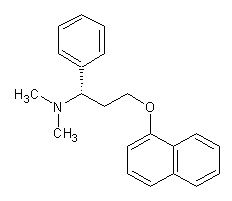 An observational study published in the May 2005 issue of The Journal of
Sexual Medicine found that patient-reported outcome measures (PROs), such as
control over ejaculation, satisfaction with sexual intercourse and distress
are important factors in assessing the benefit of treatments for PE in
clinical studies. The study found that men with PE and their partners
reported higher ratings for interpersonal difficulty, lack of control over
ejaculation and dissatisfaction with sexual intercourse.
An observational study published in the May 2005 issue of The Journal of
Sexual Medicine found that patient-reported outcome measures (PROs), such as
control over ejaculation, satisfaction with sexual intercourse and distress
are important factors in assessing the benefit of treatments for PE in
clinical studies. The study found that men with PE and their partners
reported higher ratings for interpersonal difficulty, lack of control over
ejaculation and dissatisfaction with sexual intercourse.Data presented on May 23 demonstrates that men taking dapoxetine hydrochloride (see chemical structure above) for the treatment of premature ejaculation (PE) experienced significant improvements in sexual function, including ejaculatory control, satisfaction with sexual intercourse for men and their partners, and increases in intravaginal ejaculatory latency time (IELT). The U.S. Food and Drug Administration is currently reviewing a New Drug Application for dapoxetine, which if approved, would be the first prescription product indicated for the treatment of PE. These data were presented at the 100th Annual Scientific Meeting of the American Urological Association.
Read more medical news headlines, and chemistry articles
Back to the sciencebase homepage